Sublime
An inspiration engine for ideas
To sense if the experiments are moving you in the right direction, you first need to be able to “see” and measure your current system of work. You need to know your starting points. Here we refer again to Dan Terhorst-North’s “visualize, stabilize, optimize.” You first need to be able to visualize steps in a value stream from left to right. You nee
... See moreJonathan Smart • Sooner Safer Happier: Antipatterns and Patterns for Business Agility

No more planning hell and enormous dependency matrices. You need a new feature? Find a suitable team.4 The team won’t have exactly the skills required, so they get to practice their meta-skill of learning.
Bas Vodde • Large-Scale Scrum: More with LeSS (Addison-Wesley Signature Series (Cohn))
Software Architecture in Practice, 4th Edition
learning.oreilly.com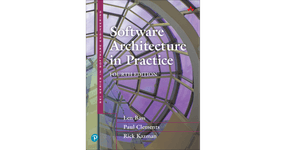
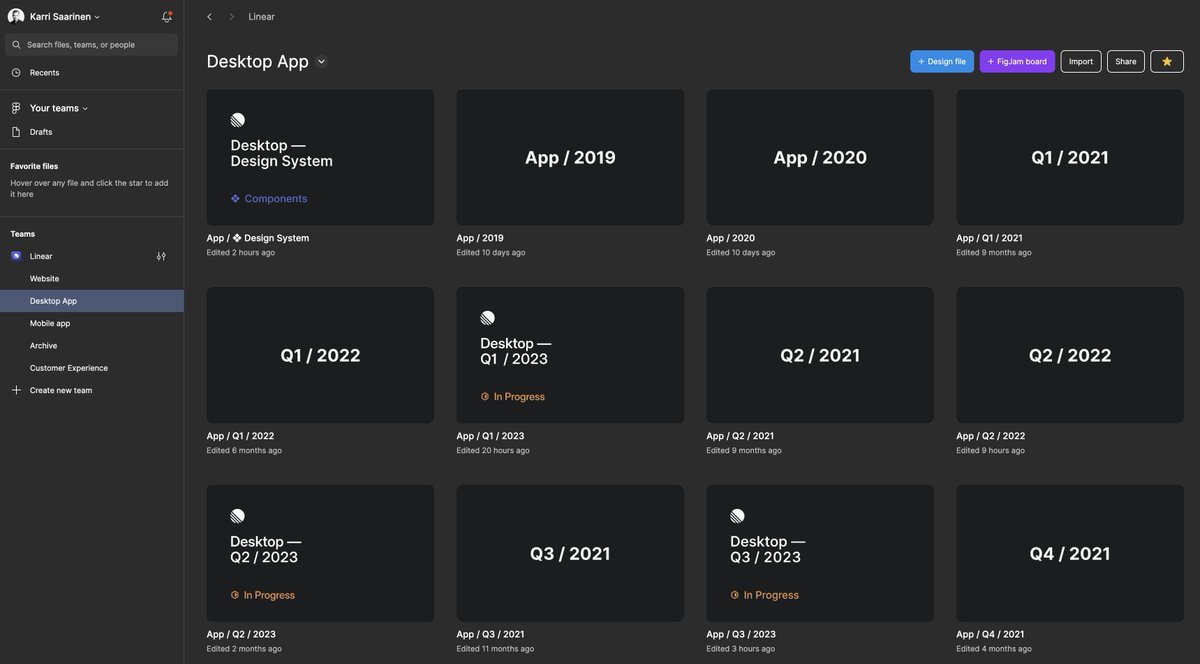
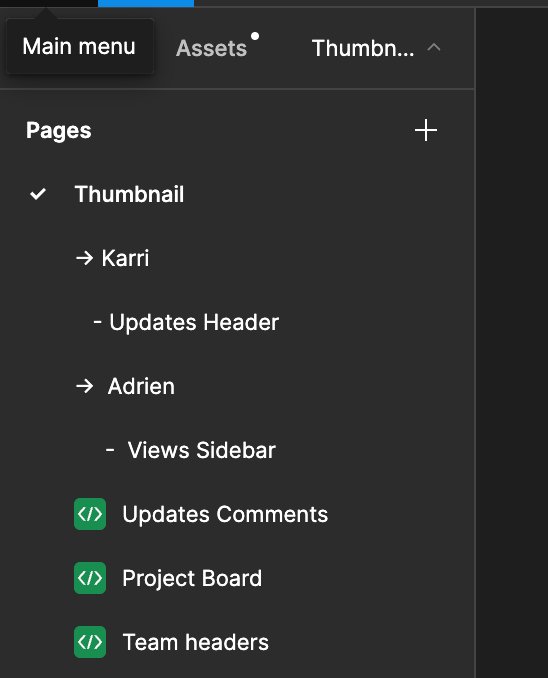
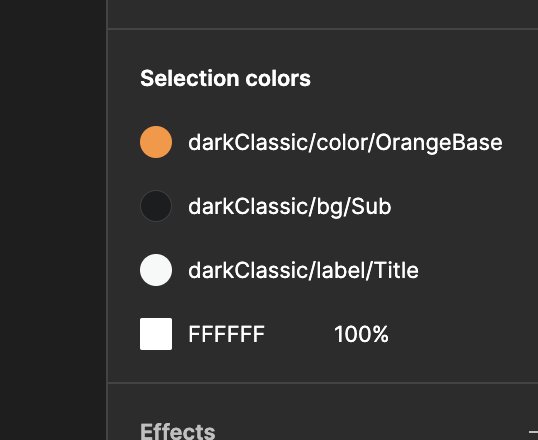
In order to share learnings across value streams and across the small CoEs, the addition of voluntary, open invite, Communities of Practice (CoPs) is incredibly useful and powerful. Here, the Law of Mobility applies: attendance is voluntary. They are Darwinian in that they are not artificially kept alive. They are run as a regular meetup to help sh
... See moreJonathan Smart • Sooner Safer Happier: Antipatterns and Patterns for Business Agility
Design Systems Cookbook
Piotr Butlewski • 18 cards
Mwie Ltd
interconnected.org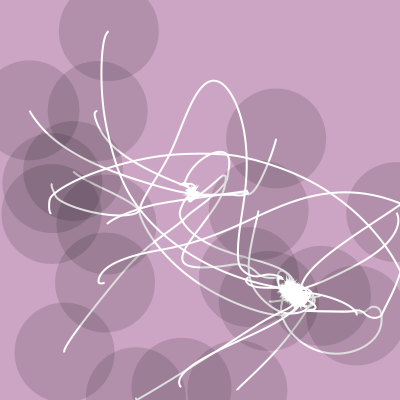
that in development things are too complex and dynamic for detailed and formulaic process recipes, which inhibit questioning, engagement, improvement.